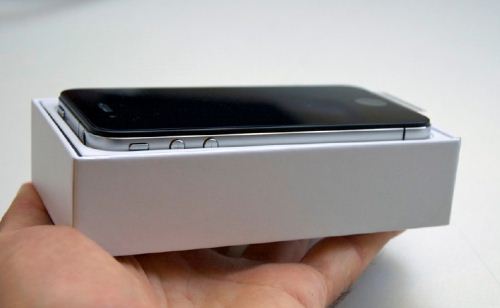Cynics and Luddites often complain that iPhones and other smartphones are overpriced toys, rip-offs that are just intended to be obsolete as soon as you open the package. It’s just not true, though. Most smartphones have very expensive components – so, yes, that does mean you should think about getting a screen protector and a case or phone sock, at least – and the market is competitive enough right now that planned obsolescence would just make no sense. If a phone manufacturer deliberately brought out a product that wasn’t as good as it could be, so as to later release a better model, its rivals would just pull ahead of it, because their phones would already be as good as the later one.
So how much does it cost to make a state-of-the-art smartphone like the iPhone 4S? According to market research firm IHS iSuppli, which just completed a teardown of the latest iPhone, the components alone come to $188 (£118), even at wholesale costs. That’s for the 16GB version; the 32GB came to $207 (£130), and the 64GB to $245 (£154). Add another $8 (£5) for manufacturing costs, and you start to see just why this phones cost what they do. That basic cost to Apple, of £123 for the 16GB iPhone 4S, doesn’t take into account all the company’s other costs, notably research, design, development, testing, creation of the OS and native apps, updates, repairs and warranties, shipping and warehousing, staffing costs, etc.
Considering that you can pick up a 16GB 4S for a shade over £300 on a £20-a-month contract, that’s starting to seem eminently reasonable – like a bargain, really. The cost to fit what till recently would have happily powered an entry-level desktop computer, into a phone, is considerable, and of course the retailer and phone company will both need to make their profit, as well as Apple. This is a business with some very tight profit margins, and one which provides the customer with exceptional value for money – a state of the art pocket computer, in effect, which also happens to let you make and receive phone calls. Much the same applies to any other top-ranked smartphone.
So what does Apple’s £123 per handset buy them? The display and touchscreen alone cost £23 in components. Flash drive and memory add another £18, the wireless antenna £15 (including the added cost to make the 4S a truly global machine, able to function at full extent almost anywhere in the world), and the processor and camera £9 and £11 respectively. The teardown also revealed the manufacturers of the processor (Samsung, perhaps ironically, given the major legal battles currently going on worldwide between Apple and Samsung over smartphone patents) and camera (Sony, though Apple claims to use several different camera manufacturers for the camera, depending on logistical factors).
The touchscreen is the only significant component that remains the same as that of the iPhone 4, which should act as a serious indication that the 4S has major advantages over the iPhone 4 in almost every area. Customers have responded accordingly, buying over 4 million iPhone 4Ss in the week or so since launch. The 16GB model is already out of stock at most major British suppliers.
If you are not yet one of those 4 million who have already purchased an iPhone 4S then you can try your luck with the new Best Mobile Contracts competition (you can still enter if you already have an iPhone 4S too). Simply visit the competition page here and answer a simple question. The winner will be selected at random on November 15th when they will received a brand new unlocked iPhone 4S absolutely free.



